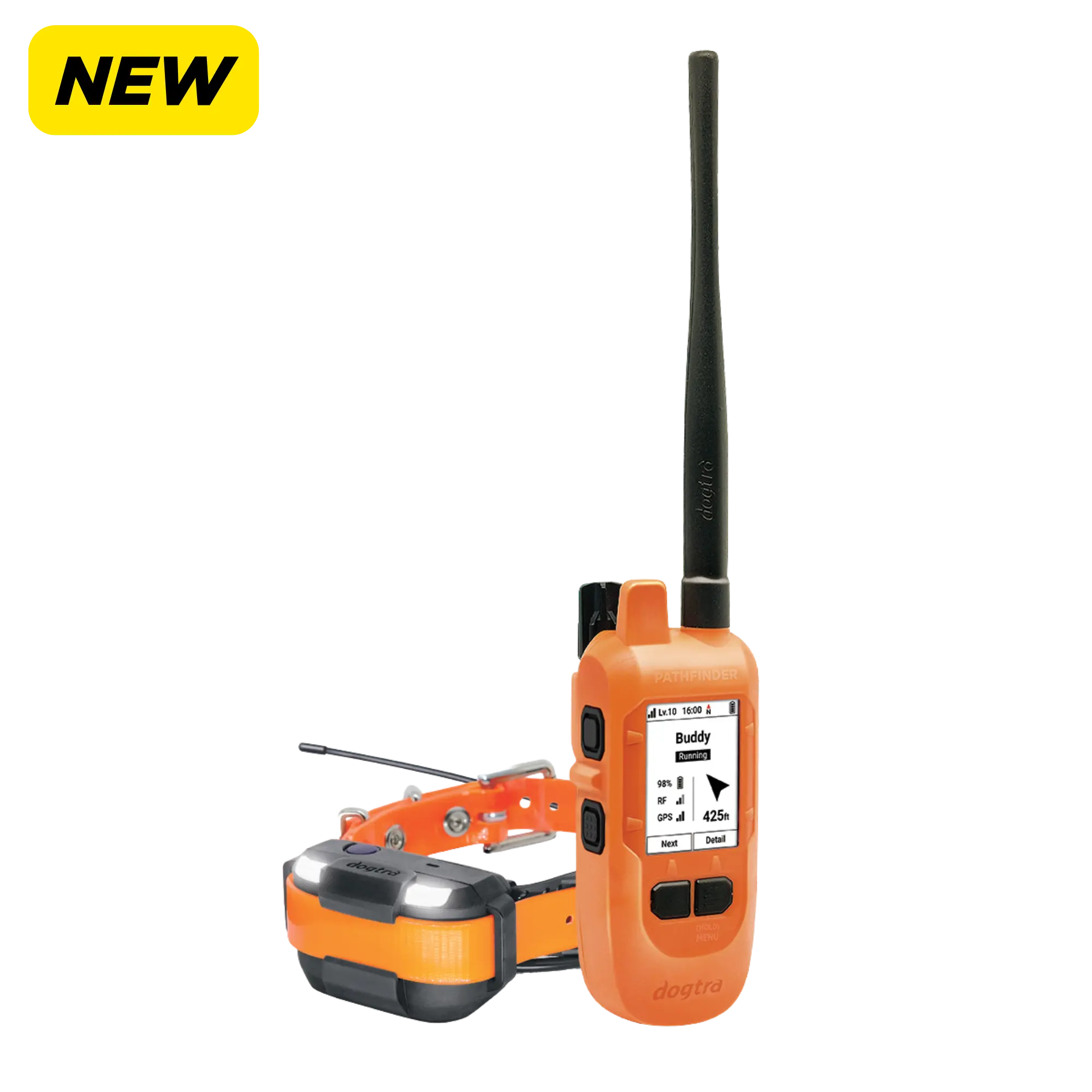Last Chance Deals: Our Best Offers!


Find Your Right System
Today's Top Picks

Ready for the Season?
Gear up for your next hunt and conquer this season
GPS Tracking & Training
Offline Maps, Offline Reliability, Offline Control

Free App

No Data Required

Offline Maps

Three Fence Modes

Expandable Up to 21 Dogs
Trade In. Gear Up.
Trade-in your PATHFINDER1 or other GPS brands
LEARN MOREPet Containment Systems
Virtual Boundaries. No Monthly Fees. No Subscriptions.
Which Fence is Right for You?Shop By Category
Shop the products you love from Dogtra's wide variety of dog training accessories and units
Dogtra E-Collar FAQs
Why Dogtra?
Dogtra has set the standard in e-collar innovation and reliability. Discover the story behind our legacy
LEARN MORE
Trusted by Canine Professionals Since 1979

USA Headquarters & Customer Care

Pioneering Innovation in the Industry

PROUD SPONSOR
INTERNATIONAL ASSOCIATION OF CANINE PROFESSIONALS

PROUD SPONSOR
MASTER NATIONAL RETRIEVER CLUB

PROUD MEMBER
PARTNERSHIP FOR ELECTRONIC TRAINING TECHNOLOGY

PROUD SPONSOR
International Association of Canine Professionals

PROUD SPONSOR
Master National Retriever Club




























































